In addition to Japanese tea, there are black tea and Chinese tea in the world, but most of them are fermented tea. However, Japanese tea is unfermented tea.
Non-fermented tea is a manufacturing method that stops fermentation by heating at an early stage, and there are different types depending on the heating method. Green tea in Japan is steamed to stop oxidation and fermentation, then knead (some are not kneaded) and then dried. Steaming is a characteristic of Japanese green tea and is a rare method of heating tea leaves in the world.
Types of Japanese tea
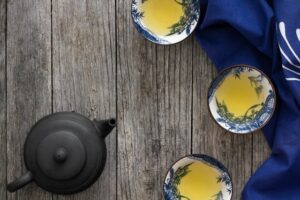
Generally speaking, green tea in Japan simply means the most commonly made green tea in Japan, that is, sencha (in a broad sense). In other words, in addition to sencha (in a narrow sense), it refers to gyokuro, bancha, hojicha, genmaicha, etc. in general.
Matcha
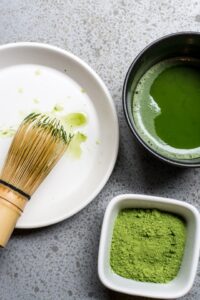
It is a beverage made by grinding dried tencha with a millstone without rubbing the cultivated fresh leaves under a cover to make it into a fine powder, and adding hot water to it and stirring it. Used for drinking in the tea ceremony. Furthermore, it is widely used as a material for Japanese sweets, Western sweets, and cooking.
Gyokuro
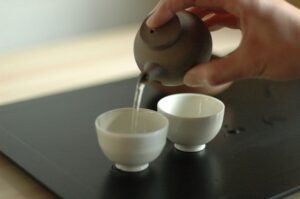
Gyokuro can be considered as a high-class Japanese sencha, but it is treated as a different sencha from general sencha at fairs. When drinking, it is important to infiltrate with hot water at a low temperature of about 60 ° C (the temperature may be lowered to around 40 ° C depending on the tea leaves) in order to take advantage of the flavor and aroma of gyokuro. Gyokuro is characterized by its sweetness, and when brewed in hot water, even bitterness components are extracted.
In Senchado, based on these properties, in front of the gyokuro point, first pour it into hot water to make it sweeter, and then use hot water to taste the bitterness. There are many schools that do.
Sencha
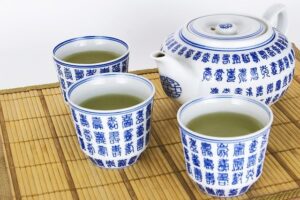
In the narrow sense, “sencha” is a green tea that is cultivated without blocking sunlight, uses sprouts, and is dried while kneading the tea leaves in multiple stages. Sencha is tea made by stopping the fermentation of tea leaves at an early stage by heating. In Japan, the mainstream method is to inactivate the enzymes of tea leaves by steaming (steaming). In China, the method of roasting in a kettle and heating (kamairicha) is generally used.
Since the Meiji era, an efficient mechanical manufacturing method has been devised to replace hand kneading, and now it is manufactured in six processes: steaming, rough kneading, kneading, medium kneading, fine kneading, and drying. As for the quality, the one with a thin needle shape is good, and the aroma is especially good with the fresh scent of the most tea sprout. In addition, the balance between the unique umami and the appropriate astringency is important for the umami. In order to emphasize such quality characteristics, careful attention is paid to the short-time steaming of tea leaves followed by low-temperature drying in the manufacturing process.

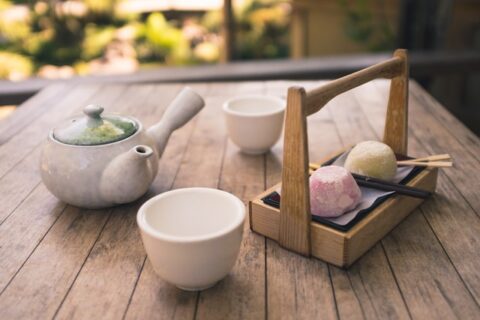
コメント